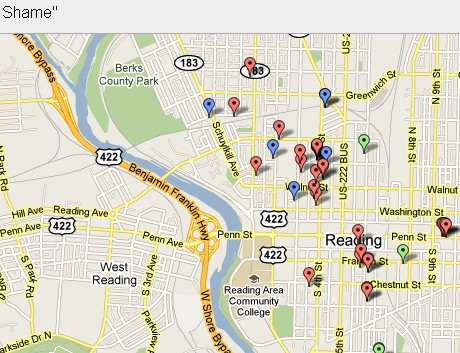The U.S Department of Housing and Urban Development has announced a new loan program available throughout 32 states and Puerto Rico. Unemployed residents of select states are getting what HUD deems “bridge loans” for residents who may be out of work and have temporarily fallen behind on their mortgage payments. The loans are part of a $1 billion initiative from HUD and will offer loans up to $50,000.
Borrowers need to be at least 3 months behind on their mortgages to qualify for these loans and states previously ineligible for federal aid, such as Wisconsin, may now benefit. Borrowers most likely to receive this benefit are most oftentimes those in a position to resume their regular payments within 2 years.
States across the country will hopefully benefit. With fewer foreclosures on the market more homeowners will likely be able to remain in their homes, putting less stress on the banks due to foreclosures.
Homeowners with a second home will not qualify, and homeowners must demonstrate a minimum 15% decline in their income before their mortgage payments faltered.
“In crafting this new loan program, HUD built on the lessons learned from Treasury’s Hardest Hit initiative to design and implement a program to assist struggling unemployed homeowners avoid preventable foreclosures. Together these two initiatives represent a combined $8.6 billion investment to help struggling borrowers and, in doing so, further contribute to the Obama Administration’s efforts to stabilize housing markets and communities across the country,” says HUD Northwest Regional Administrator Mary McBride.
Efforts, both local and federal have been made consistently throughout the foreclosure crisis to assist homeowners who may have lost their jobs and are in danger of losing their home. States’ crisis levels vary and federal programs have answered the calls through both this program and initiatives prior.
Applications will be accepted through the end of the year and not all loans necessarily have to be repaid, a numbered amount of recipients may be eligible for this program and acceptance of the funds would essentially become a gift.
“No payment is due on the note during the 5 year term so long as the assisted household maintains the property as principal residence and remains current in his or her monthly payments on the first mortgage loan. If the homeowner meets these two conditions, the balance due shall decline by twenty percent (20%) annually, until the note is extinguished and the junior loan is terminated.”
For homeowners across the nation that fit the bill this provision from HUD may be a saving grace and a way to stay in their home.
The real estate market will benefit as well, with less foreclosure homes on the market housing prices and mortgages rates will become steadier for buyers and sellers alike. If you think you are eligible for this program contact a local realtor or check out www.hud.gov.








